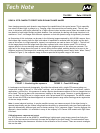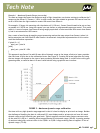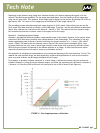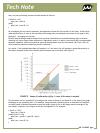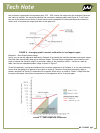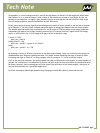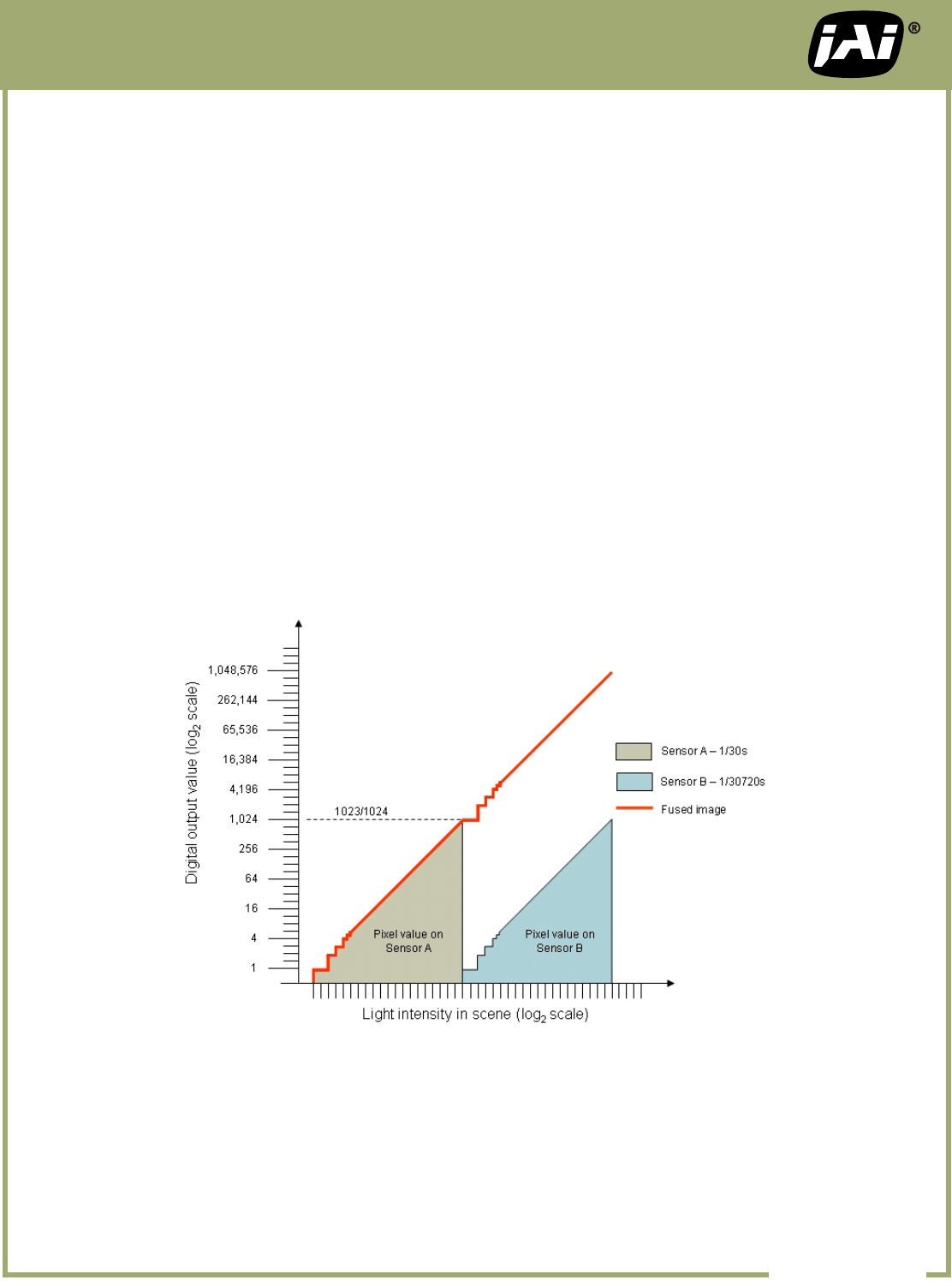
Tech Note
2
NO. TN-0902 pg 2
Example 1 - Maximum Dynamic Range (no overlap)
To create an image that spans the maximum range of light intensities, use shutter settings to calibrate the 2
sensors so that Sensor B = Sensor A * 1024. In other words, the light needed to generate 100 counts from Sen-
sor B is 1024 times the light needed to create 100 counts from Sensor A.
For example, if Sensor A is operating with the shutter off (1/30 sec.), Sensor B would need to be set as close
as possible to 1/30720 sec. using the camera’s pre-set shutter or programmable exposure control. This would
result in 1 count of output from Sensor B being roughly equivalent to what would be 1024 counts from Sensor
A, had it not saturated at 1023 counts.
Now, create a fused image by applying a post processing routine that uses output from Sensor A when it is
below saturation and from Sensor B when Sensor A is saturated. A simplied representation of this routine
could be the Boolean expression:
if (pixel B < 1){
pixel_out = pixel A
}else{
pixel_out = pixel B * 1024
}
This approach uses Sensor B to add 10 more bits of dynamic range to the image, albeit at a lower precision
than the lower 10-bits due to the calibration factor (see Figure 3). Creating the actual algorithm for fusing
the two images will depend on the type of post processing software being used. It could involve writing pro-
gramming code, or could be done in a more visual fashion using a graphical user interface.
FIGURE 3 – Maximum dynamic range calibration
One issue with any high dynamic range approach is that it is hard to display or print such an image. Besides
the challenge of handling the data in a Microsoft OS, most displays and/or printers do not have this much
dynamic range and will diminish your good work. Typical computer monitors today feature contrast ratios
on the order of 1,000 to 1, enabling them to approximate 10-bit dynamic range (~60 dB). A growing number
of monitors today offer contrast ratios in the 2,000:1 to 5,000:1 range enabling them to support 12 bits of
dynamic range (~72 dB).



